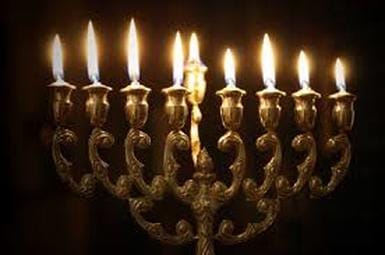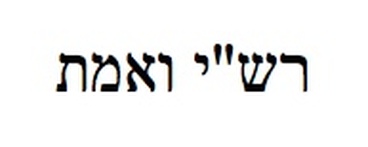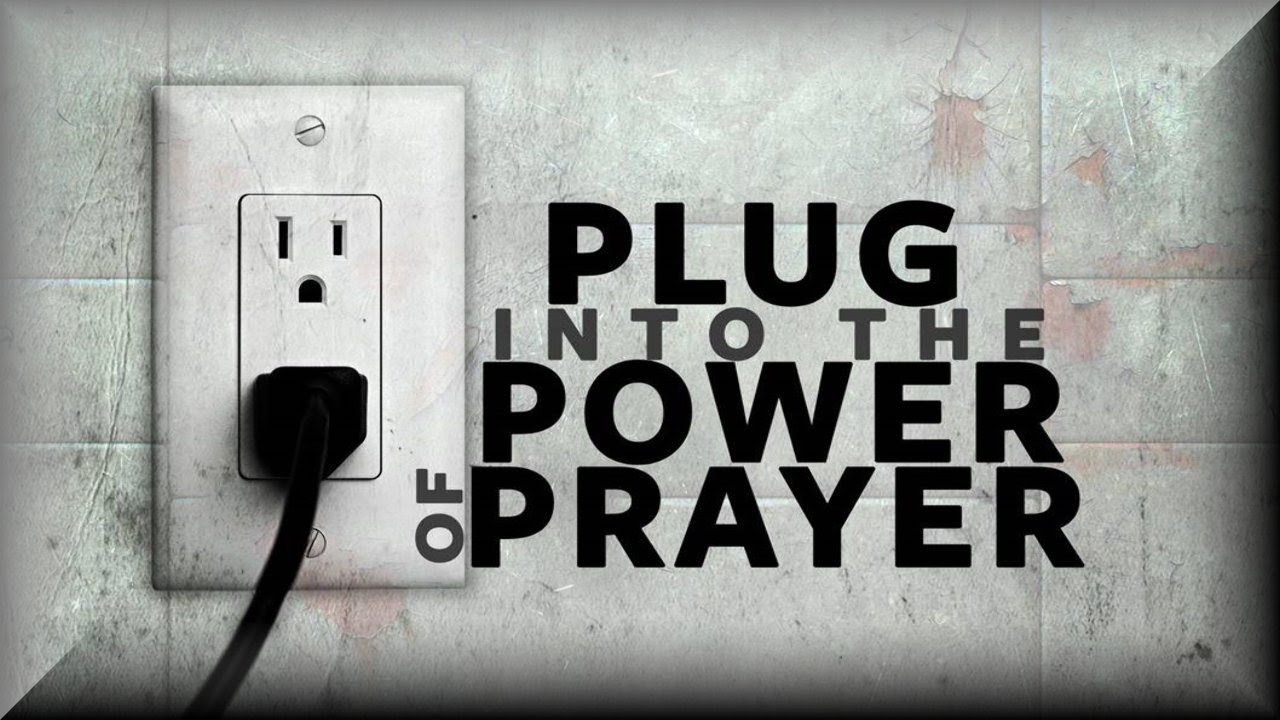|
Rabbi David Etengoff Dedicated to the sacred memories of my mother, Miriam Tovah bat Aharon Hakohen, father-in-law, Levi ben Yitzhak, sister-in-law, Ruchama Rivka Sondra bat Yechiel, sister, Shulamit bat Menachem, Chaim Mordechai Hakohen ben Natan Yitzchak, Yehonatan Binyamin ben Mordechai Meir Halevi, Avraham Yechezkel ben Yaakov Halevy, HaRav Yosef Shemuel ben HaRav Reuven Aharon, David ben Elazar Yehoshua, the refuah shlaimah of Devorah bat Chana and Yitzhak Akiva ben Malka, and the safety of our brothers and sisters in Israel and around the world. The Five Books of the Torah contain four instances of the Hebrew word “chalilah” – “Far be it.” It appears twice in Parashat Miketz: And they [the brothers] said to him [the overseer of Joseph’s house], “Why should my master say such words as these? Far be it from your servants to do a thing like this!” (Sefer Bereishit 44:7, this and all Bible and Rashi translations, The Judaica press Complete Tanach, all brackets my own) But he [Joseph] said, “Far be it from me to do this! The man in whose possession the goblet was found he shall be my slave, but as for you go up in peace to your father.” (44:17) The other two cases of our term are found in a very well-known verse in Parashat Vayera: Far be it from You to do a thing such as this, to put to death the righteous with the wicked so that the righteous should be like the wicked. Far be it from You! Will the Judge of the entire earth not perform justice? (18:25) Rashi (1040-1105), basing himself upon the Midrash, explains “chalilah” in the following manner: Chalilah Lecha: It is profane (chulin), [i.e. unfitting] for You [G-d]. They [the people of the world] will say, “So is His craft [i.e. normative behavior] - He drowns everyone, righteous and wicked.” So You did to the Generation of the Flood and to the Generation of the Dispersion. (Commentary on 18:25) Rashi’s gloss on the words, “Far be it from your servants to do a thing like this!” (44:7) underscore and elaborate upon his earlier observation: Chalilah: It is inappropriate for us (chulin), an expression of disgrace. The Targum [i.e. Onkelos] renders: chas v’shalom - may your servants be spared, may the Holy One, blessed be He, spare us from doing this. [May He never allow us to do such a thing!] There are many such expressions in the Talmud: chas v’shalom – G-d forbid. (Translation with my emendation) Our verse from Parashat Vayera, and one of the two pasukim from Parashat Miketz (44:7), contain exactly the same phrase. In reference to the Almighty (18:25) the text reads, “chalilah lecha may’asot k’davar hazeh” - “Far be it from You to do a thing such as this,” whereas, in the course of proclaiming their innocence, Joseph’s brothers cry out, “chalilah l’avadecha may’asot k’davar hazeh” – “Far be it from your servants to do a thing like this!” (44:7) As we can readily see, the only difference between them is the subject of each phrase, in one case, Hashem, and in the other, Joseph’s brothers. As such, even though these pasukim (verses) are 22 chapters apart, their sentence structure portrays a powerful conceptual nexus that unites them. Thus far we have focused upon the similarities that exist among our four verses. There is, however, one highly significant difference that obtains among them. In Parashat Vayera, chalilah is spelled without the letter “yud” (k’tiv chaser), whereas in our parasha, it is written with a “yud” (k’tiv ma’le). In my estimation, we can explain this variation in the following fashion: In Parashat Vayera, Avraham Avinu (our Patriarch, Abraham) beseeches the Master of the Universe to follow the same universal moral law that He demands from mankind. Included within this meta-value system is the concept of reward for the virtuous, and punishment for those who engage in sinful activities. If the Almighty, therefore, were “to put to death the righteous with the wicked so that the righteous should be like the wicked,” He would violate His own moral code and thereby diminish His Divine presence in the world. In short, G-d, so to speak, would commit an act of self-profanation (chilul Hashem). In order to forestall such a dire possibility, Avraham Avinu urges G-d to rescue the righteous of Sodom and Gomorrah from the imminent punishment of the wicked. Were He to act otherwise, however, as Rashi suggests, the nations of the world would declare: “So is His craft [i.e. normative behavior] - He drowns everyone, righteous and wicked. So You did to the Generation of the Flood and to the Generation of the Dispersion.” In sum, I believe this analysis is subtly suggested by the k’tiv chaser spelling of chalilah without the letter yud that hints at the negative outcome that would ensue if Hashem were to violate His moral stance in the universe. In contrast to Parashat Vayera, Parashat Miketz’s k’tiv ma’le spelling of chalilah includes a yud. In my view, this is reminiscent of the k’tiv ma’le spelling of “vayitzer” in the verse, “And the L-rd G-d formed (vayitzer) man of dust from the ground, and He breathed into his nostrils the soul of life, and man became a living soul,” wherein vayitzer is spelled with a double yud. (Sefer Bereishit 2:7) Our Sages note, that the two yudin symbolize man’s dual nature, namely, that we are endowed by our Creator with both a yetzer hatov and a yetzer hara (good and evil inclination, Midrash Bereishit Rabbah Vilna 14:4) I believe this is the rationale underpinning Parashat Miketz’s spelling of chalilah in its complete form, namely, to indicate that Joseph and his brothers are acting in a whole-hearted and righteous manner that channels both the yetzer hatov and the yetzer hara. The k’tiv ma’le spelling of chalilah, therefore, symbolizes the prevailing sense of justice that informs the current interactions between Joseph and his brothers. Based on this analysis of our pasukim, justice emerges as the ultimate litmus test of moral behavior, whether we are referencing the actions of the Master of the Universe or those of mankind. As such, with Hashem’s help and our fervent desire, may we, as a nation and as individuals, fulfill the stirring words of Sefer Devarim, “Justice, justice shall you pursue…” (16:20) V’chane yihi ratzon. Shabbat Shalom Past drashot may be found at my blog-website: http://reparashathashavuah.org They may also be found on YUTorah.org using the search criteria of Etengoff and the parasha’s name. The email list, b’chasdei Hashem, has expanded to hundreds of people. I am always happy to add more members to the list. If you have family or friends you would like to have added, please do not hesitate to contact me via email mailto:[email protected]. *** My audio shiurim for Women on the topics of Tefilah and Megillat Esther, may be found at: http://tinyurl.com/8hsdpyd *** I have posted 164 of Rabbi Soloveitchik’s English language audio shiurim (MP3 format) spanning the years 1958-1984. Please click on the highlighted link.
0 Comments
|
Details
Archives
July 2024
AuthorTalmid of Rabbi Soloveitchik zatzal Categories |
- Blog: Rabbi David Etengoff: Parashat HaShavuah
- Sefer Bereishit 5784&5785
- Sefer Shemot 5784&5785
- Sefer Vayikra 5784&5785
- Sefer Bamidbar 5784 &5785
- Sefer Bereishit 5782&5783
- Sefer Shemot 5782&5783
- Sefer Vayikra 5782&5783
- Sefer Bamidbar 5782&5783
- Sefer Devarim 5782&5783
- Sefer Bereishit 5780& 5781
- Sefer Shemot 5780&5781
- Sefer Vayikra 5780&5781
- Sefer Bamidbar 578&5781
- Sefer Devarim 578&5781
- Sefer Bereishit 5778&5779
- Sefer Shemot 5778&5779
- Sefer Vayikra 5778&5779
- Sefer Bamidbar 5778&5779
- Sefer Devarim 5778&5779
- Sefer Bereishit 5776&5777
- Sefer Bereishit 5774&5775
- Sefer Bereishit 5772&5773
- Sefer Bereishit 5771&5770
- Sefer Shemot 5776&5777
- Sefer Shemot 5774&5775
- Sefer Shemot 5772&5773
- Sefer Shemot 5771&5770
- Sefer Vayikra 5776&5777
- Sefer Vayikra 5774&5775
- Sefer Vayikra 5772&5773
- Sefer Vayikra 5771&5770
- Sefer Bamidbar 5776&5777
- Sefer Bamidbar 5774&5775
- Sefer Bamidbar 5772&5773
- Sefer Bamidbar 5771&5770
- Sefer Devarim 5776&5777
- Sefer Devarim 5774&5775
- Sefer Devarim 5772&5773
- Sefer Devarim 5771&5770




 RSS Feed
RSS Feed
